A Tent Footprint is an important piece of camping gear. It serves as a ground cloth to protect the bottom of your tent from abrasion and moisture. You will get to know about different types of footprints available and tips on how to choose the right one for your needs. This article will also offer advice on how to use a footprint effectively to ensure a safe and enjoyable camping experience!
What are the main features of a Tent Footprint?
A Tent Footprint is a piece of fabric that is placed under the tent to protect the ground from getting wet or damaged. It also helps with insulation and keeps the bugs away.
There are many different features to look for when choosing a Tent Footprint. The most important thing is to make sure that it is big enough to fit your tent! You don’t want it to be too small or too big, as that will just be a waste of money and space.
Another important feature is weight. If you are backpacking, you will want something light and compact. If you are car camping, then you can afford to bring something a bit heavier. Another factor to consider is material. Some materials are better than others at repelling water and keeping the ground dry.
Prolong the life of your tent
The first and most important reason to use a Tent Footprint is to prolong the life of your tent. The ground can be very tough on tents, especially if you are camping in an area with a lot of rocks or roots. A Tent Footprint will protect the bottom of your tent from all of that wear and tear.
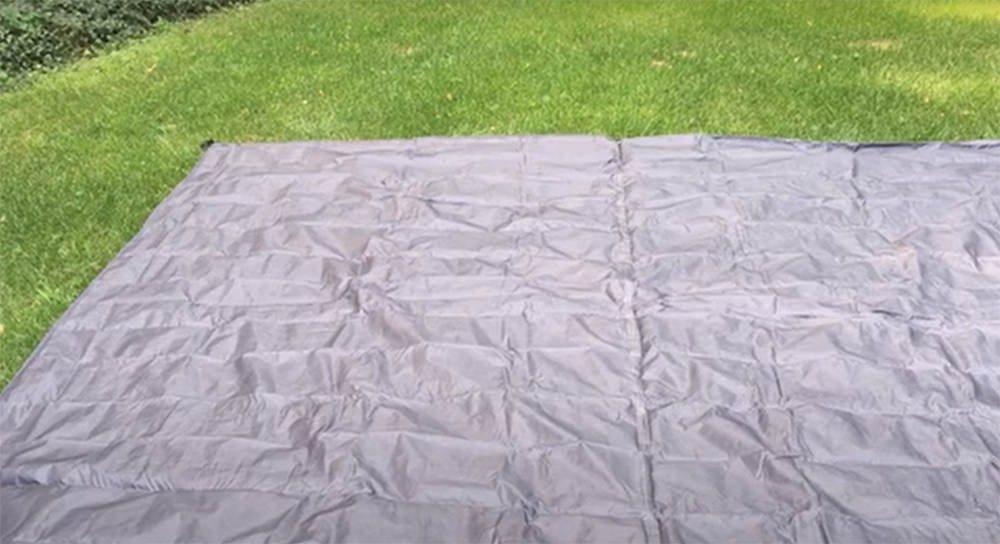
Add extra warmth
Another reason to use a Tent Footprint is for extra warmth. If you are camping in a cold climate, a Tent Footprint can add an extra layer of insulation between the ground and your tent. This will keep you warmer at night and help you avoid hypothermia.
It can also help to block out some of the wind. Wind can make a cold night even colder, so anything you can do to block it will help.
Add extra waterproofing
Another benefit of using a Tent Footprint is that it can add extra waterproofing to your tent. If you are camping in an area that gets a lot of rain, or if you know there is a chance of rain while you are camping, a Tent Footprint can help keep your tent dry.
It will also protect the ground beneath your tent from getting wet. This is especially important if you are camping on grass or in a field. The wet ground can be very uncomfortable to sleep on, and it can also damage your tent.
Easier, simplified pitching
When you are pitching your tent, a Tent Footprint can make things a lot easier. It will give you something to stake your tent down to, which will keep it from moving around in the wind.
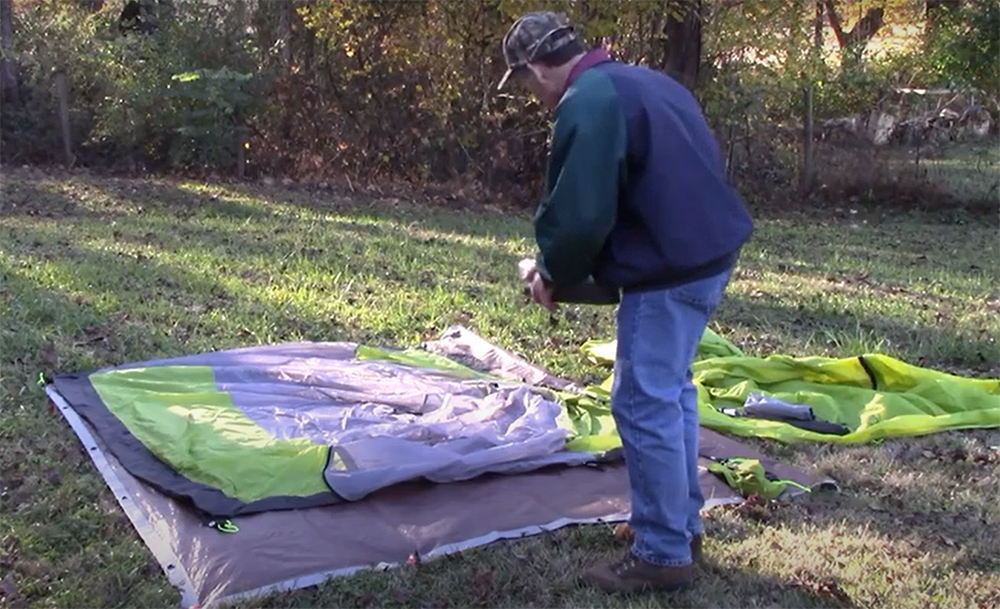
It can also help to stabilize the tent and make it more secure. This is especially important if you are camping in an area with high winds.
Packing away is less hassle
When you are packing up your camping gear, a Tent Footprint can make things a lot easier. It will keep the ground beneath your tent clean, which means you won’t have to spend time cleaning it up before you can put your tent away. It also folds up small and is lightweight, so it won’t take up a lot of space in your car or backpack.
Tailor-made to suit your tent
When you are choosing a Tent Footprint, it is important to get one that is the right size for your tent. You don’t want it to be too small or too big. If it is too small, it won’t provide adequate protection. If it is too big, it will be a waste of space and weight.
5 Reasons You Need to Buy a Tent Carpet or Rug
When you go camping, there are a few pieces of gear that are essential for your comfort and safety. A tent is one of those items, but did you know that you need to buy a Tent footprint or rug as well?
Here are five reasons you need to buy a Tent footprint or rug:
- Protection for your tent floor. A Tent footprint will protect the bottom of your tent from getting wet, muddy, or stained. This is especially important if you’re camping in a moist environment or on rocky ground.
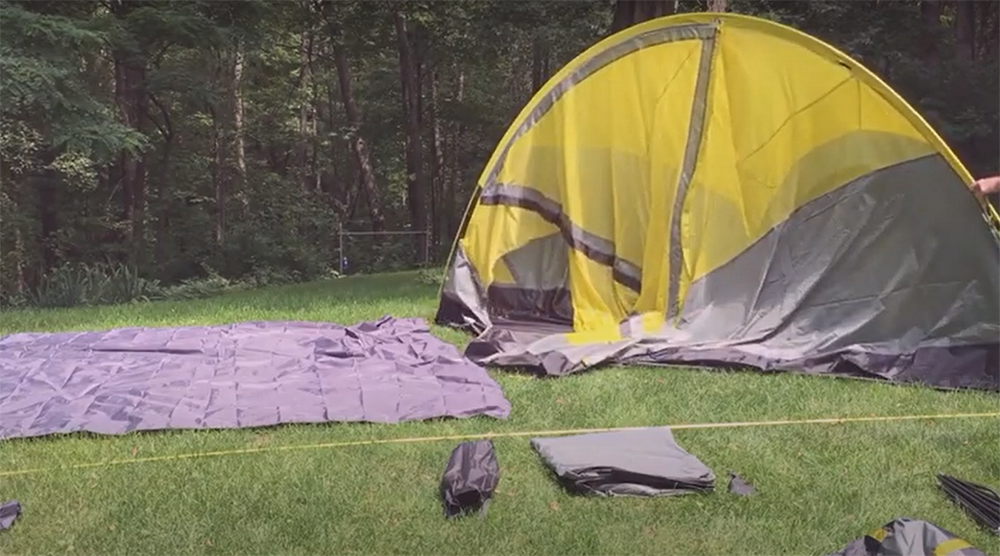
- Increased insulation. If you have an extra layer of insulation between your tent floor and the ground, you’ll stay warmer at night.
- Added protection against critters. If you have a Tent footprint or rug, it will be harder for pesky critters to get into your tent.
- Extra living space. A Tent footprint can also provide some extra living space if you need it. For example, if you’re camping with a large group and need some extra space to put your gear, a Tent footprint can give you that.
- A comfortable place to sit or sleep. If you have a Tent footprint, you’ll have a nice, clean place to sit or sleep outside of your tent. This is especially convenient if you want to take a nap or if it’s raining and you don’t want to get wet.
So, now that you know why you need a Tent footprint or rug, the next question is: which one should you buy? There are a few things to consider when making your decision:
- The size of your tent. Make sure to buy a footprint or rug that is big enough to fit under your entire tent.
- The shape of your tent. If you have a square or rectangular-shaped tent, then you have more options when it comes to footprints and rugs. However, if you have an oddly shaped tent, you may need to get creative with how you use your Tent footprint or rug.
- The climate you’ll be camping in. If you’re going to be camping in a wet or cold climate, make sure to get a footprint or rug that is waterproof and will provide extra insulation.
- Your budget. Footprints and rugs can range in price from around $30 to $100, so make sure to find one that fits your budget.
How To Correctly Pack Away Your Tent?
Pitching a tent is one thing, but taking it down and packing it away again is a whole other story. If you don’t pack your tent away correctly, you’re in for a world of hurt the next time you go to set it up. Here are some tips on how to correctly pack away your tent:
- Start by taking down the rainfly. If your tent has a separate rainfly, take it down first and set it aside.
- Next, take out all of the stakes and poles from the tent body. Be careful not to lose any small pieces like clips or grommets.
- Fold up the tent body and set it aside.
- Finally, pack up all of the stakes, poles, and rainfly in the carrying bag. Make sure everything is securely fastened so you don’t have any surprises when you go to set up your tent again.
Packing up your tent may seem like a daunting task, but if you follow these simple steps it will be a breeze [2].
FAQ
Is it worth buying a tent footprint?
A Tent Footprint is a piece of fabric that goes underneath your tent to protect the bottom from wear and tear. It also can help keep your tent floor dry in wet conditions. Some people choose not to use a footprint because they feel it makes their setup less stable, but with the right model, this shouldn’t be an issue. If you’re looking to buy a footprint, make sure to get the same size as your tent.
Can I use a tarp as a Tent Footprint?
A tarp can work as a Tent Footprint, but it’s not ideal. Tarps are often too big or too small, and they don’t always fit snugly underneath the tent. If you’re using a tarp, make sure to secure it in place so that it doesn’t move around and cause problems.
With all of that said, using a footprint is ultimately up to you. If you feel like it’s necessary, go ahead and buy one. But if you’re comfortable without one, there’s no need to spend the extra money.
How do you make a tent footprint?
Making your Tent Footprint is easy. All you need is some fabric and some tape. Cut the fabric to size, then secure it in place with some tape. That’s it!
Should the tent footprint be smaller than the tent?
The footprint doesn’t need to be smaller than the tent, but it can help with stability. If you’re using a tarp as a footprint, make sure it’s secured in place so that it doesn’t move around.
Does a tent footprint go inside or outside?
The footprint goes outside the tent. It should be placed underneath the tent, with the fabric touching the ground. This will help protect the bottom of your tent from wear and tear.
Useful Video: What is a tent footprint?
Conclusion Paragraph
This article has hopefully helped clear up any confusion on what a footprint is as well as how to select and use one. Footprints are an important part of the camping gear equation and can help make your experience much more enjoyable. Do some research, ask around, and find the perfect fit for your needs. You won’t regret it!
References:
- https://www.winfieldsoutdoors.co.uk/blog/6-reasons-to-buy-a-tent-footprint/
- https://www.instructables.com/How-to-pack-a-tent/

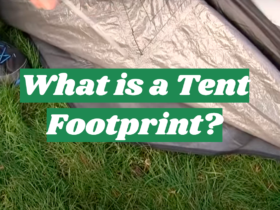

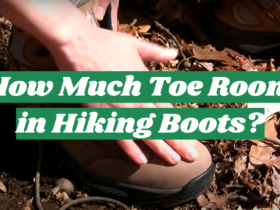

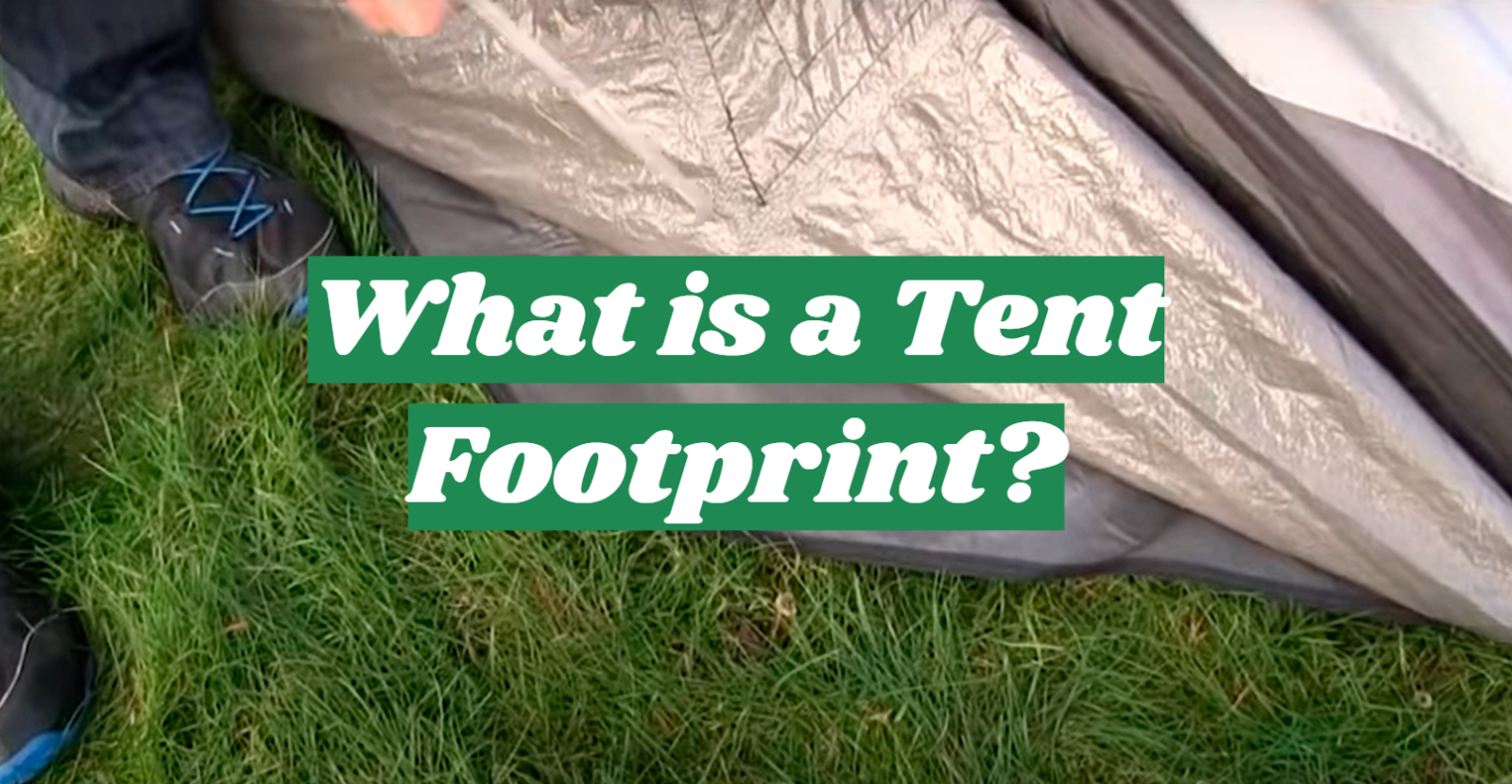
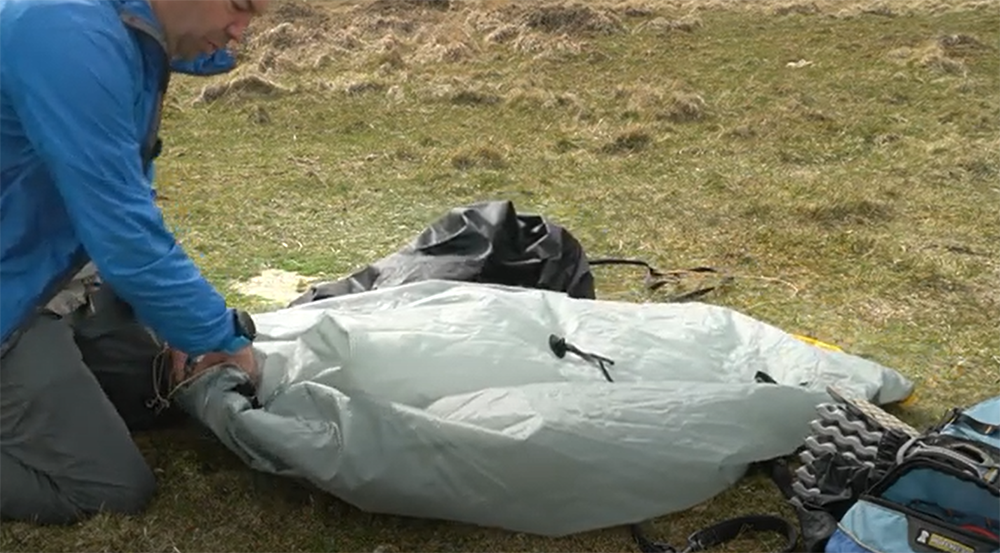




Leave a Review